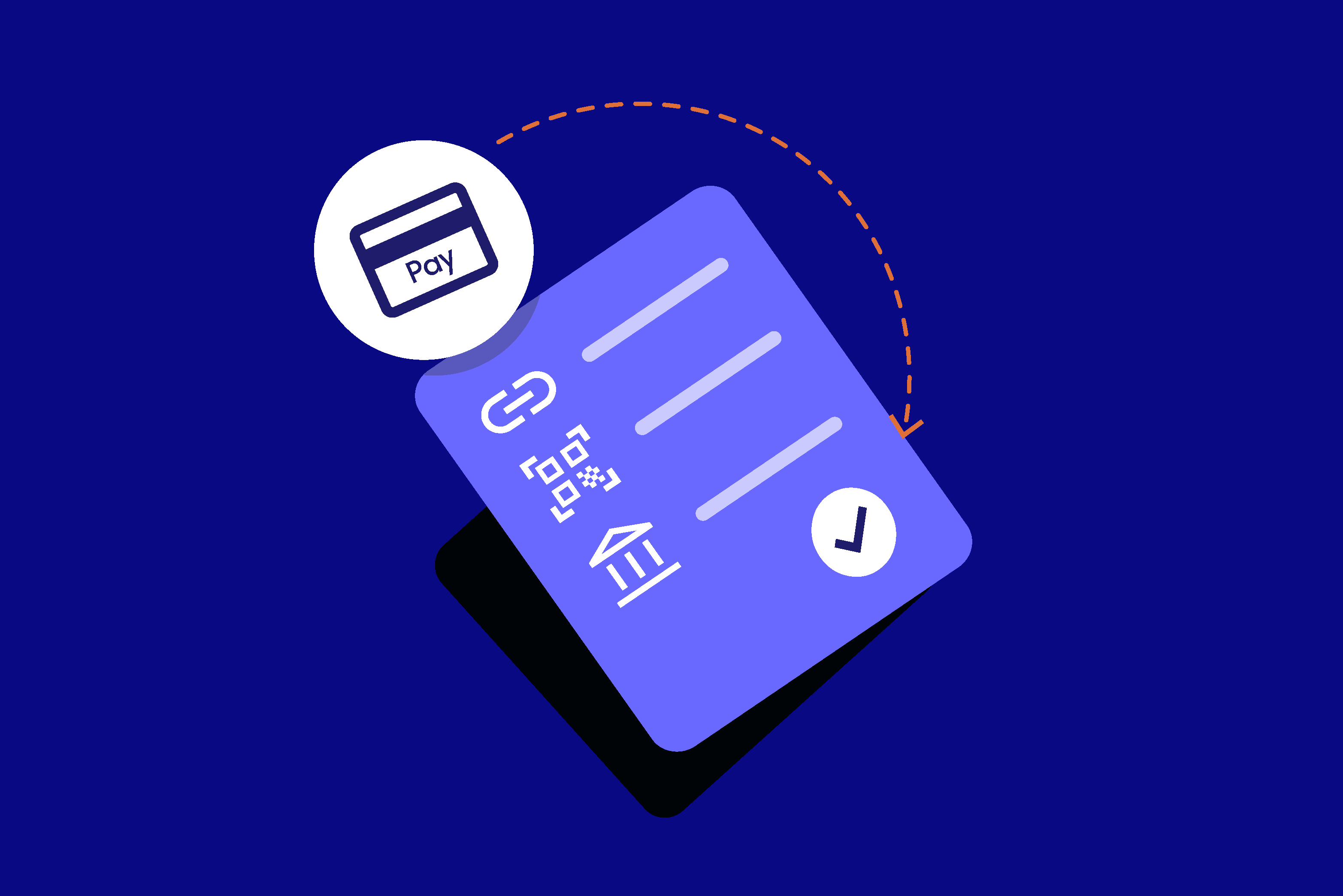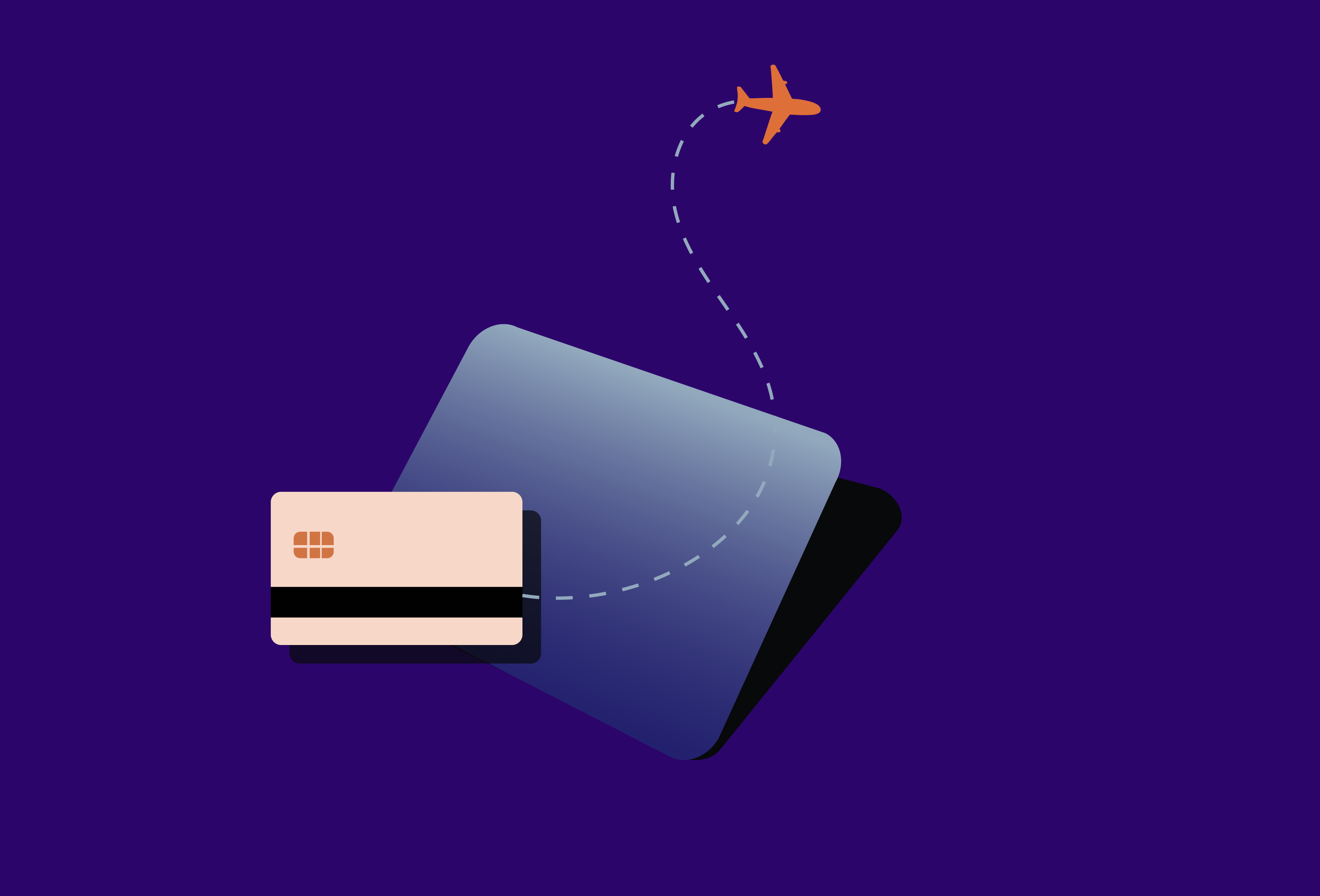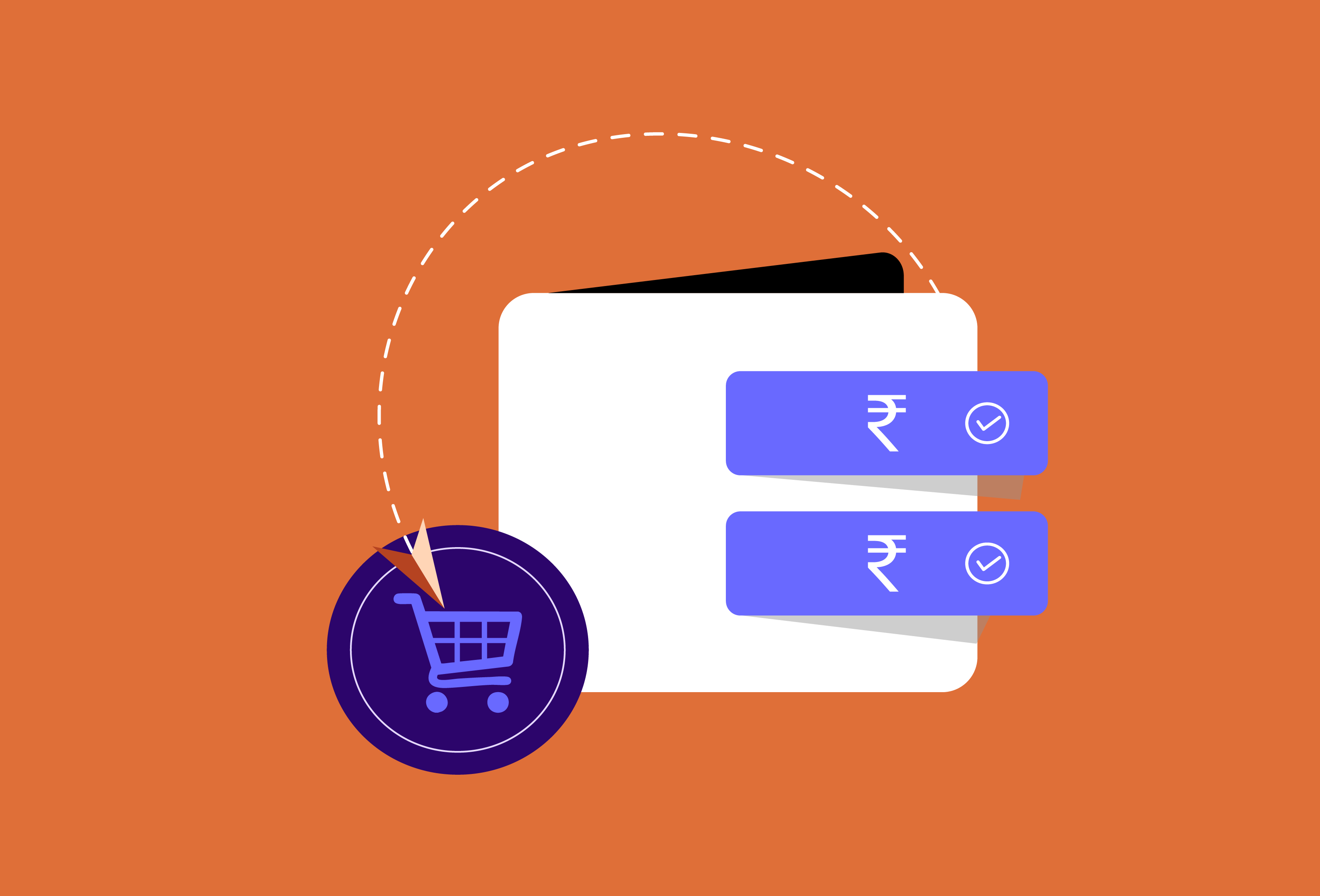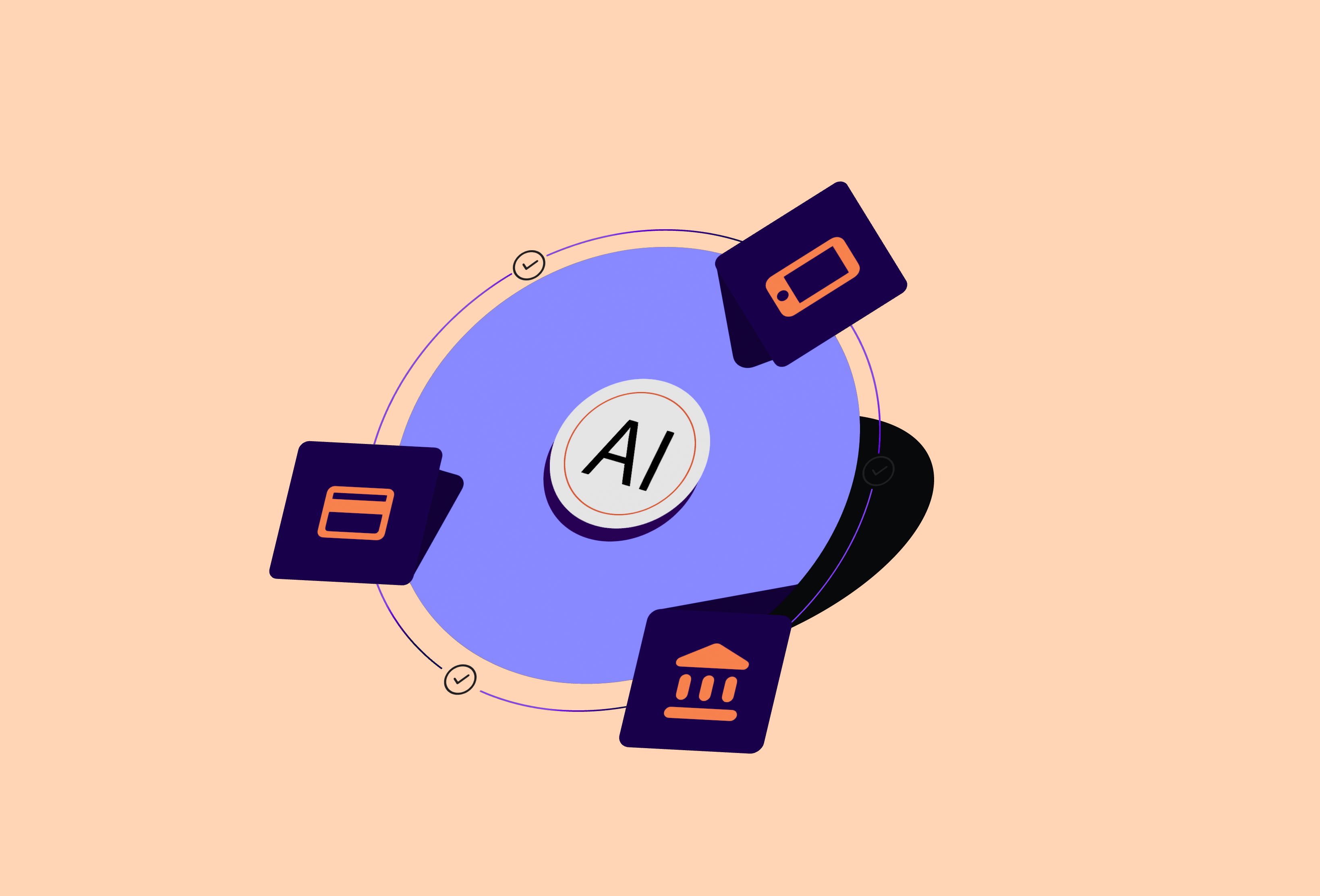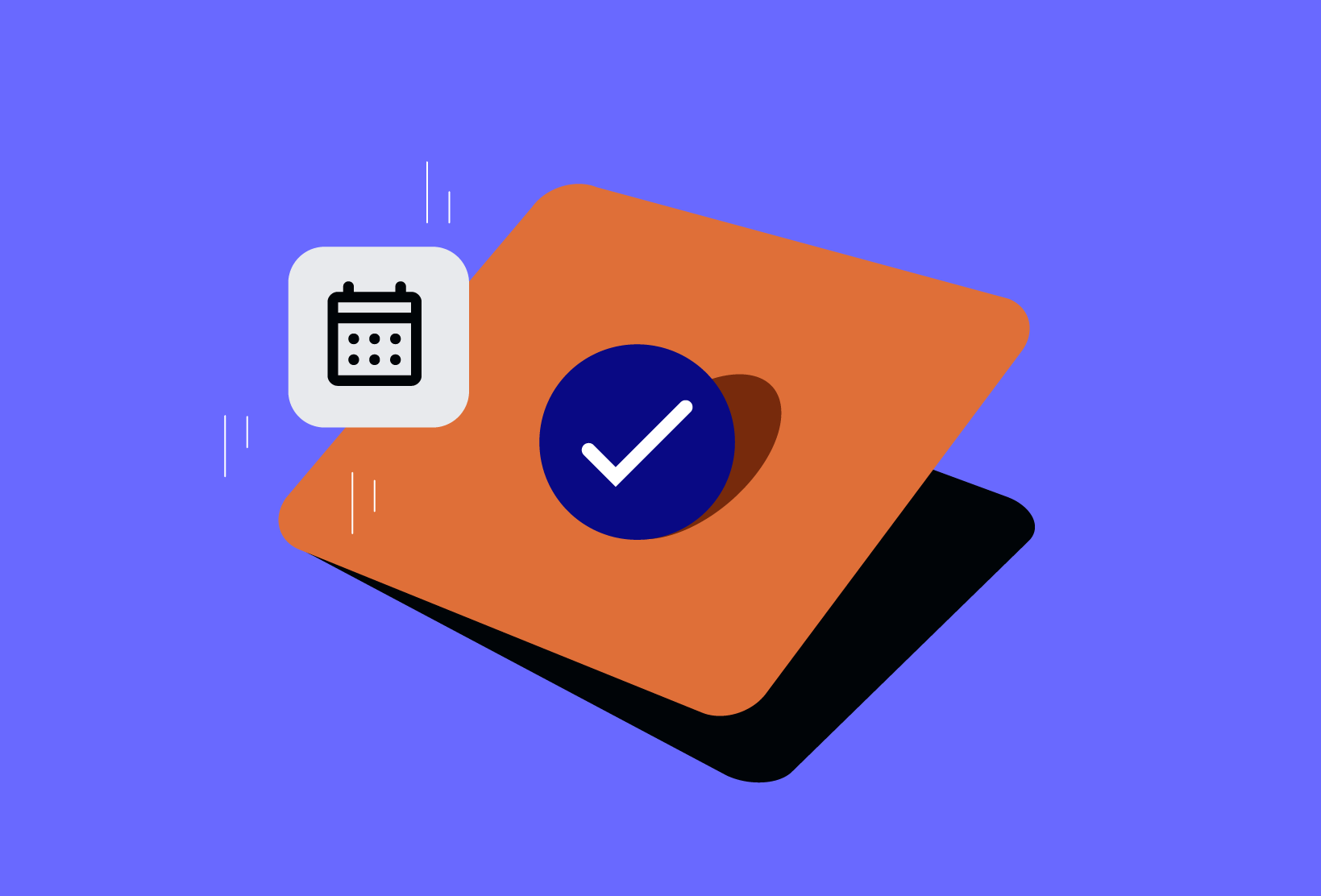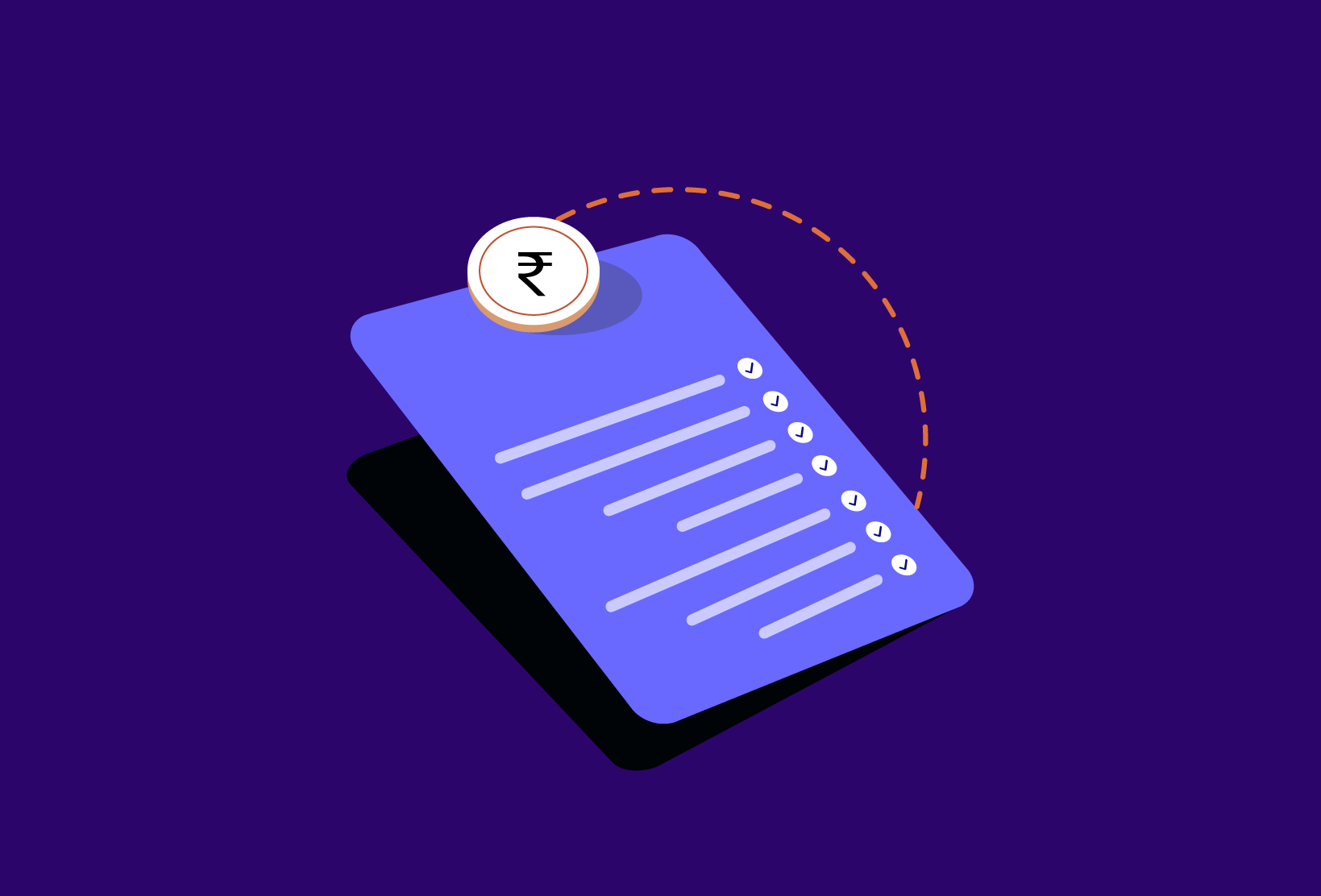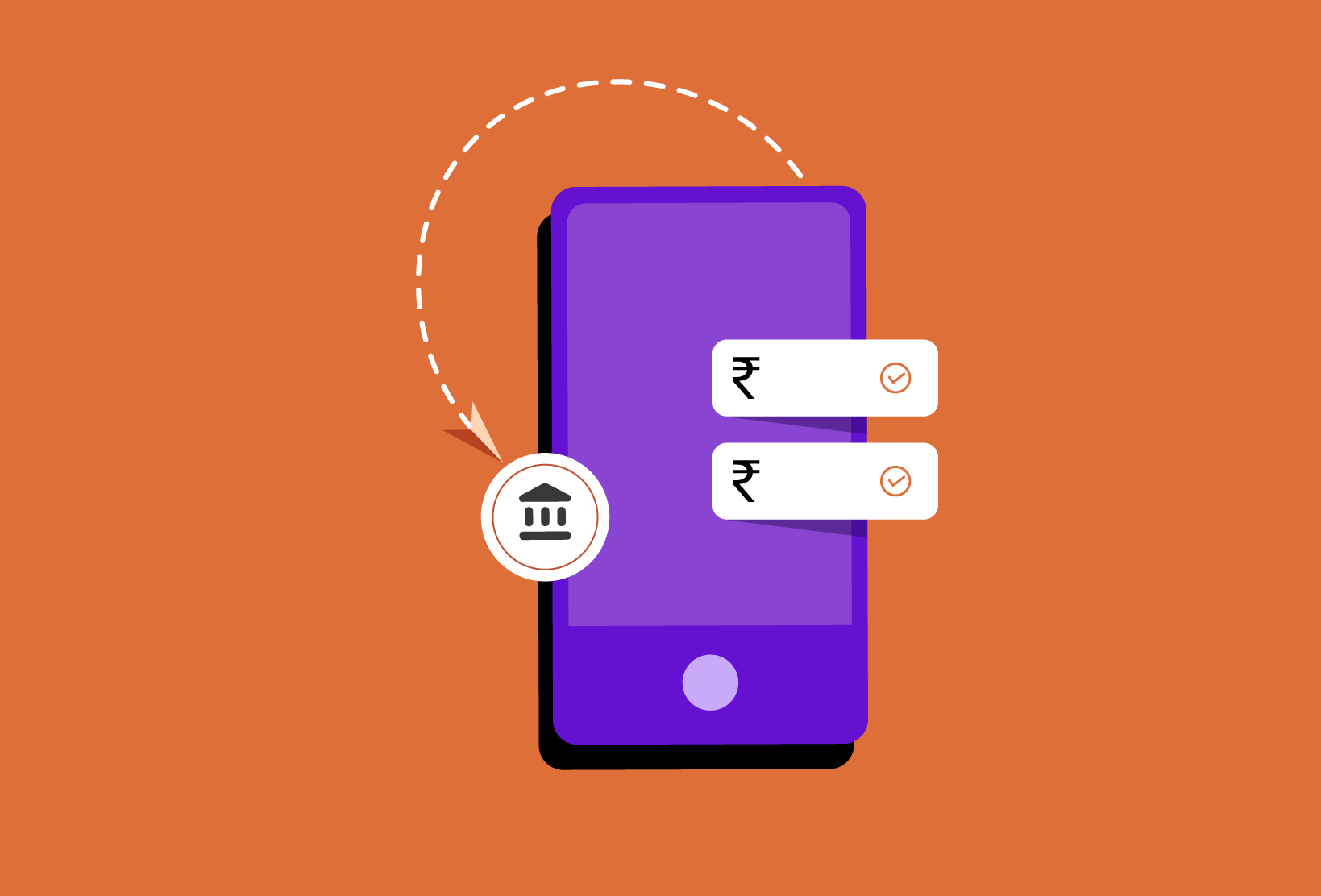Card payments are a key part of daily life. Whether you’re buying groceries, booking a cab, or paying for fuel, swiping or tapping a card has become second nature. But what happens when this system suddenly stops working?
That’s exactly what happens during a credit card outage — a moment when card transactions fail, leaving both customers and businesses stuck. These outages are more common than most people realise, and while they’re usually fixed quickly, they can cause real disruption when they happen.
In this blog, we’ll take a closer look at why credit card processor outages happen, how they impact different players in the ecosystem, and what steps you can take to stay prepared.
What Is a Credit Card Processing Outage?
A credit card processing outage refers to a situation where card payments — either online or in-store — temporarily stop working. It may affect all types of cards (debit, credit, prepaid) or just one network (like Visa or Mastercard). During an outage, point-of-sale (POS) machines might stop working, online payments may fail, and even ATM withdrawals can be affected in some cases.
These card outages usually occur due to issues at the payment processor, network failures, or disruptions in the banking infrastructure. When this happens, transactions may be delayed, declined, or not processed at all, often leading to frustration for both customers and merchants.
Depending on the cause, a credit card processor outage can last for a few minutes or extend to several hours.
Why Do Credit Card Outages Happen?
There isn’t just one reason. Here are some of the most common causes:
1. Network Disruptions
Every card transaction relies on internet connectivity — from the card machine at a store to the payment gateway that routes the transaction. If there’s a problem with a telecom provider or the data centre hosting the service, the entire system can go down. Even a short network disruption can lead to hundreds or thousands of failed transactions.
2. Technical Glitches at the Payment Processor
Sometimes, the issue is with the credit card processor — the platform that routes transactions from the card network to the bank. Software bugs, system updates gone wrong, or overloaded servers during peak times can cause unexpected downtimes.
For example, a processor may roll out a backend update overnight, and by morning, card transactions may start failing due to a minor misconfiguration. These issues are usually fixed quickly, but they highlight how sensitive the ecosystem is.
3. Bank-Side Issues
Even if the merchant’s systems and the payment processor are working fine, a credit card processing outage can occur if the customer’s bank is having technical problems. This might be due to scheduled maintenance or unexpected glitches in the bank’s internal systems.
4. Cybersecurity Threats
In rare cases, a card outage can be the result of a cyberattack. A Distributed Denial of Service (DDoS) attack, for instance, can flood the systems of a payment provider, bringing services to a halt temporarily. While financial institutions invest heavily in security, attackers continue to look for weaknesses.
Impact on Businesses and Customers
The immediate impact is obvious: payments fail. But the effects go deeper than that.
For businesses, especially small retailers, an outage during busy hours means missed revenue. Many customers may not have alternative payment options and could walk away. Over time, frequent outages can also affect customer trust. If card payments keep failing, people may hesitate to shop from the same place again.
For customers, it leads to inconvenience and sometimes embarrassment. You might be in the middle of a purchase when your card gets declined for no fault of your own. For online transactions, it may mean missing a payment deadline or offer window.
What Can You Do During a Credit Card Outage?
Being prepared can make a big difference when these issues arise.
If You’re a Merchant:
- Keep Backup Options: Always have alternative payment modes ready — UPI, QR codes, net banking, or even cash. The more flexible you are, the less likely you’ll lose a sale.
- Stay Informed: Use a payment service provider that gives real-time updates about outages. Some platforms offer alerts or dashboards to monitor system health.
- Train Staff: Ensure your team knows how to handle failed transactions calmly and inform customers without creating panic.
- Record Transactions: In some cases, you may allow customers to pay later or record the transaction manually and complete it once systems are back.
If You’re a Customer:
- Carry Alternatives: Keep at least two payment options — a card and a UPI app, for instance. This reduces dependency on a single system.
- Know It’s Temporary: Most outages are resolved quickly. If a transaction fails, wait for a few minutes and try again.
- Check Before Blaming: If your card is declined, it may not be an issue with your account. Check with the merchant or look up recent news about any credit card processor outage.
- Report the Problem: If your bank’s app or card service continues to fail, report it to customer support for clarity.
Can These Outages Be Prevented?
Complete prevention isn’t realistic. The system involves multiple layers — banks, processors, card networks, telecom services, and internet connectivity. Outages can happen at any point in this chain.
However, their impact can be minimised. Businesses can choose reliable service providers known for uptime and quick response. They can also test their systems regularly and keep backup methods ready.
Banks and processors, on their part, continue to invest in better infrastructure, redundancy, and security. Regulators are also stepping in to ensure smoother, more resilient digital payments.
Final Thoughts
Credit card outages may be rare, but when they strike, they disrupt both business and consumer experiences. The good news? With the right preparation, their impact can be managed — or even avoided.
As digital payments continue to grow, staying informed and flexible is key. For merchants, this means offering multiple payment modes and keeping track of system health. For customers, it’s about having a plan B — and understanding that sometimes, technology simply needs a moment to catch up.


